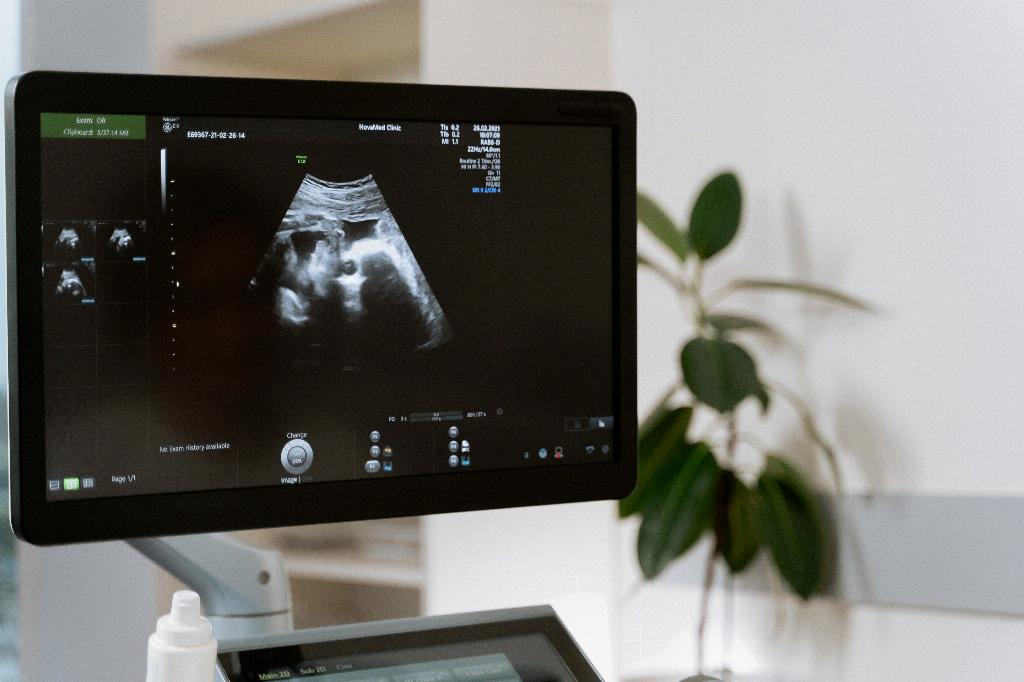After undergoing a cesarean section, it is not uncommon to experience upper stomach pain as part of the recovery process. This pain is primarily centered around the incision site and can vary in intensity depending on individual circumstances. The body is undergoing a significant healing process both externally and internally, and it is important to understand the potential causes of this discomfort.
Impact of Cesarean Section on Abdominal Pain
One of the primary reasons for upper stomach pain following a C-section is the actual surgical procedure itself. The incision made in the abdomen during the surgery is a major factor contributing to the pain experienced in the region. The body is working tirelessly to repair and heal the tissues that were affected during the operation, resulting in discomfort around the abdomen.
Factors Affecting Pain Levels
The level of pain experienced after a C-section can vary depending on multiple factors. The extent of the surgery, individual pain tolerance, and any complications that may have occurred during the procedure can all influence the severity of upper stomach pain. It is essential to listen to your body and seek medical advice if the pain becomes unbearable or concerning.
Healing Process and Tissue Repair
As the body heals from the C-section, the internal tissues around the incision site are undergoing a complex repair process. This healing can lead to sensations of tightness, pulling, and soreness in the upper stomach area. It is crucial to give your body the time it needs to heal properly and not rush the recovery process.
Postoperative Care and Pain Management
Proper postoperative care is crucial in managing upper stomach pain after a C-section. Keeping the incision site clean and dry, as well as following your healthcare provider’s instructions for wound care, can help reduce the risk of infection and alleviate discomfort. Pain medication prescribed by your doctor can also be beneficial in managing postoperative pain.
Inflammation and Swelling
Inflammation and swelling are common side effects of any surgical procedure, including a C-section. The body’s natural response to trauma is to initiate an inflammatory process to promote healing. However, this inflammation can also contribute to feelings of discomfort in the upper stomach region. Applying cold packs and staying hydrated can help reduce swelling and ease pain.
Gas and Digestive Issues
Gas and digestive issues are another potential cause of upper stomach pain after a C-section. The surgery itself, as well as changes in abdominal muscle function, can lead to bloating, gas buildup, and gastrointestinal discomfort. Moving around gently, staying hydrated, and following a balanced diet can help alleviate these symptoms.
Scar Tissue Formation
Scar tissue formation is a natural part of the healing process after a C-section. The body forms scar tissue as a way to repair the incision site and strengthen the surrounding tissues. However, this scar tissue can sometimes cause sensations of tightness or pulling in the upper stomach area, leading to discomfort. Massaging the scar gently and following medical advice can help manage this issue.
Emotional and Psychological Impact
It is essential to acknowledge the emotional and psychological impact of undergoing a C-section, as this can also contribute to upper stomach pain. Feelings of stress, anxiety, and overall emotional well-being can influence how we perceive pain and discomfort. Engaging in relaxation techniques, seeking support from loved ones, and talking to a healthcare professional can help address these emotional factors.
Recovery Timeline and Patience
Recovery from a C-section is a gradual process that requires patience and understanding. It is essential to give your body the time it needs to heal fully and not rush the recovery process. Following your healthcare provider’s advice, staying active within the limits of your comfort, and practicing self-care can all contribute to a smoother recovery journey.
When to Seek Medical Attention
If you experience persistent or worsening upper stomach pain after a C-section, it is important to seek medical attention promptly. Certain symptoms, such as fever, excessive bleeding, discharge from the incision site, or severe abdominal pain, may indicate a complication that requires immediate medical intervention. Do not hesitate to contact your healthcare provider if you have any concerns about your recovery.
Conclusion
Upper stomach pain after a C-section is a common occurrence as the body undergoes the healing process following surgery. Understanding the various factors that can contribute to this pain, implementing proper postoperative care, and being attentive to your body’s signals are essential in managing discomfort effectively. Remember to prioritize self-care, listen to your body, and seek medical advice when needed to ensure a smooth recovery from a C-section.

